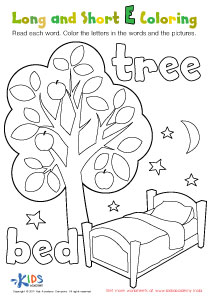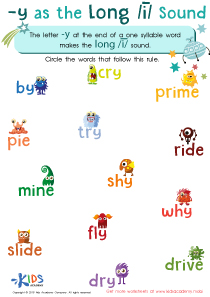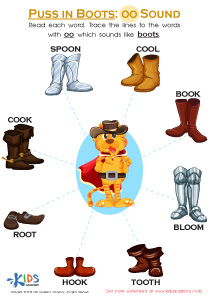Normal Vowel Digraphs Worksheets for Ages 8-9
3 filtered results
-
From - To
Enhance your child's reading and writing skills with our "Normal Vowel Digraphs Worksheets" designed specifically for ages 8-9. These engaging worksheets focus on helping young learners recognize, pronounce, and use common vowel digraphs in various contexts. Each activity encourages fun and interactive learning, featuring word searches, fill-in-the-blanks, and sentence creation exercises. By mastering vowel digraphs, children will build a strong foundation for literacy, boost their confidence, and improve their overall communication skills. Perfect for home or classroom use, these resources support a comprehensive curriculum to foster a love for learning. Explore our collection and watch your child thrive!
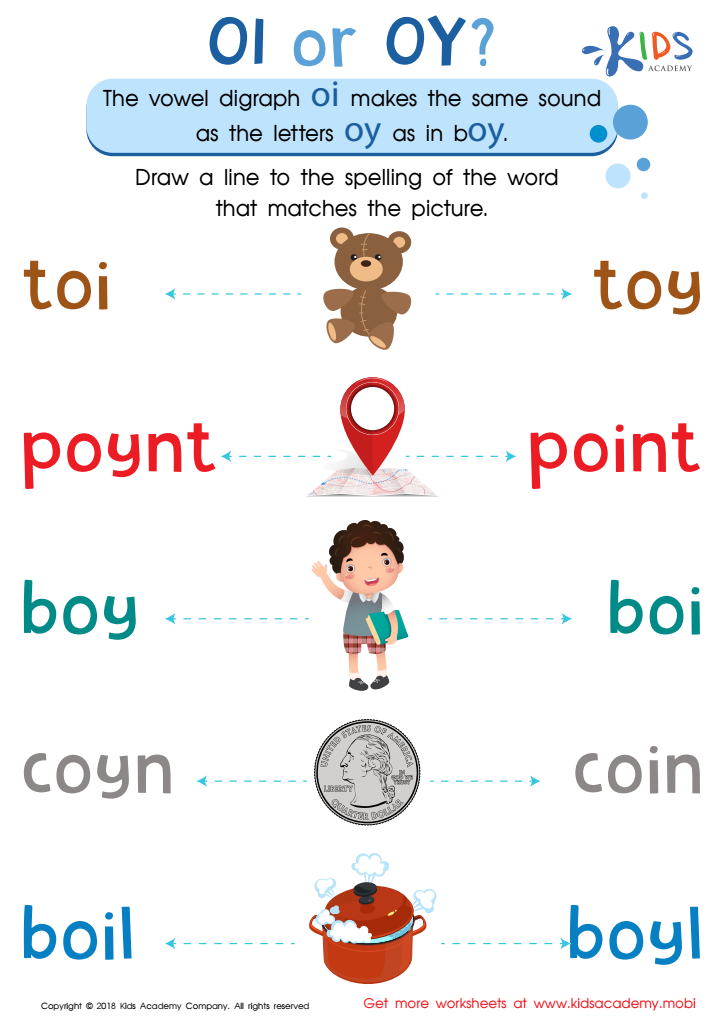

Reading: OI and OY Worksheet
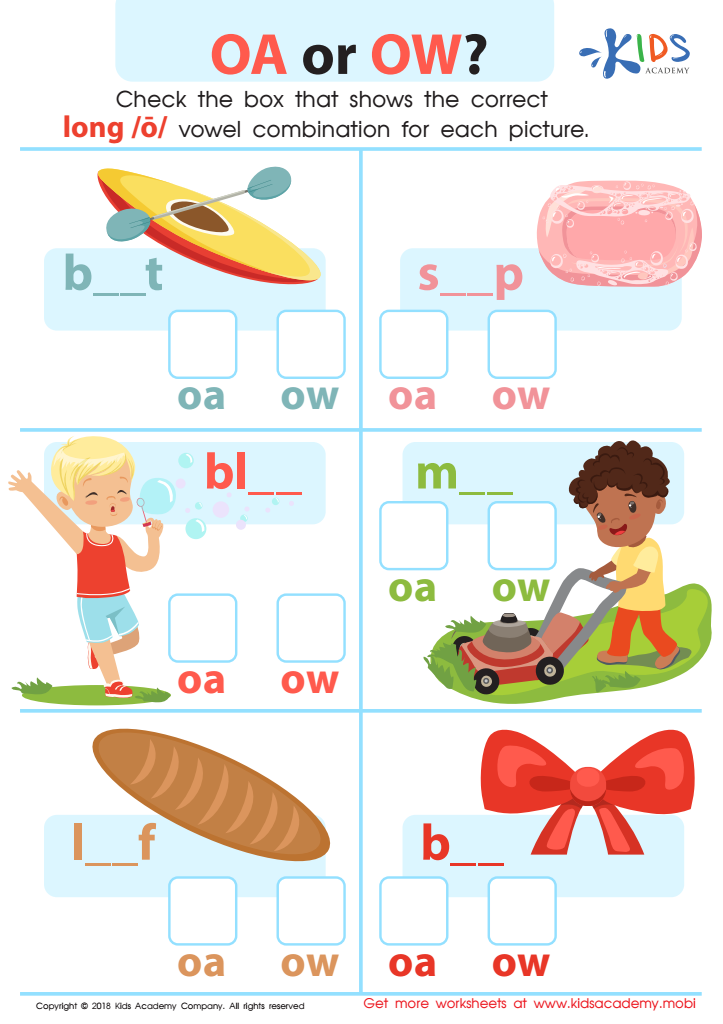

Reading: OA or OW Worksheet
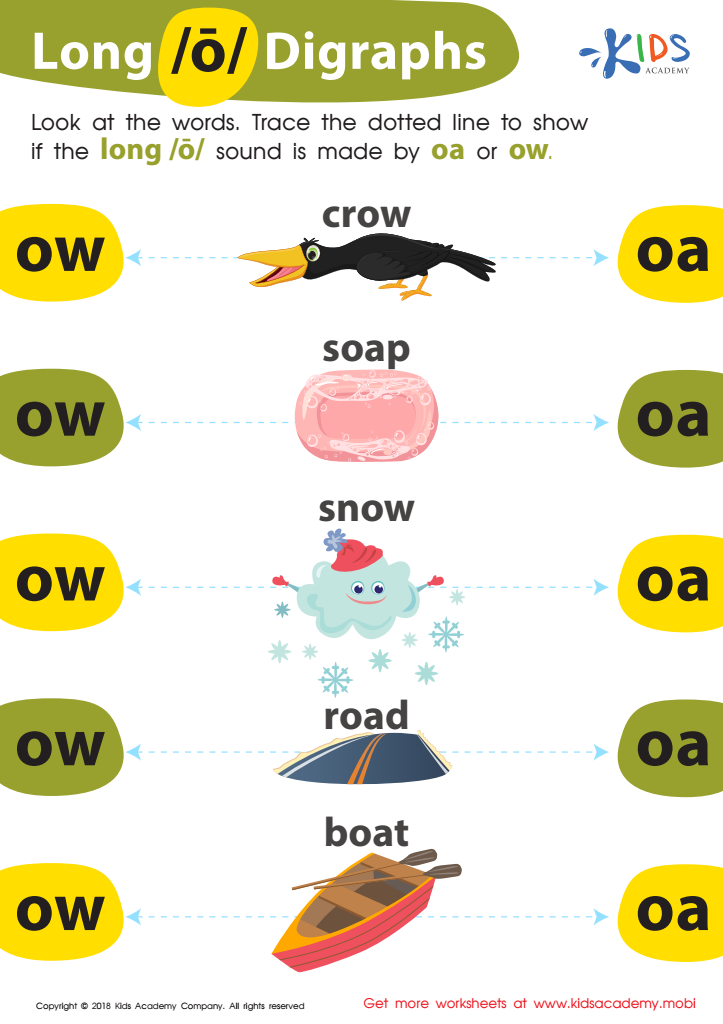

Reading: Long O Digraphs Worksheet
Parents and teachers should pay close attention to normal vowel digraphs, such as "ai," "ee," "oa," and "ou," for children aged 8-9, as they play a crucial role in developing reading and writing skills. At this age, children are transitioning from learning to read to reading to learn. Mastering vowel digraphs helps children recognize patterns in words, improving their decoding skills and fluency.
Understanding vowel digraphs also enhances vocabulary acquisition, as many high-frequency words and content-specific terms contain these vowel combinations. They enable students to make sense of unfamiliar words, facilitating reading comprehension and confidence. When students encounter digraphs in texts, they are more equipped to identify and pronounce them correctly, promoting a positive reading experience.
Moreover, focusing on vowel digraphs supports spelling development. When children learn the combinations, they can apply this knowledge when writing, reducing errors and increasing clarity.
Incorporating digraphs into literacy activities through games, reading, and writing exercises cultivates a solid foundation in phonics. By engaging with vowel digraphs, parents and teachers create an environment that fosters lifelong reading and writing skills, empowering children to thrive academically.
 Assign to My Students
Assign to My Students




